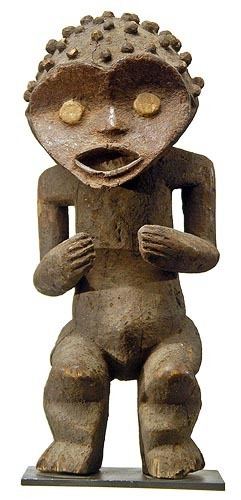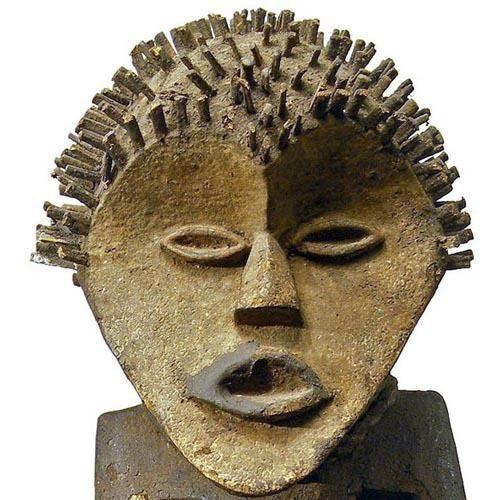 | ||
Views from mambila plateau1
The Mambilla or Mambila people of Nigeria live on the Mambilla plateau (in 'Sardauna' Local government area of Taraba State in Nigeria). A small fraction of Mambilla migrants left the Mambilla Plateau for the Ndom Plain (also known as the Tikar Plain) on the Cameroon side of the international border as well as in a couple of small villages, such as New Namba, further north towards the towns of Gashaka and Banyo. The preferred ethnonym is spelt Mambila in Cameroon and Mambilla in Nigeria. "Norr" is also used (the word for person in Nigerian dialects of Mambilla)(Bami-Yuno, ms).
Contents

China promise support for mambila
Identification
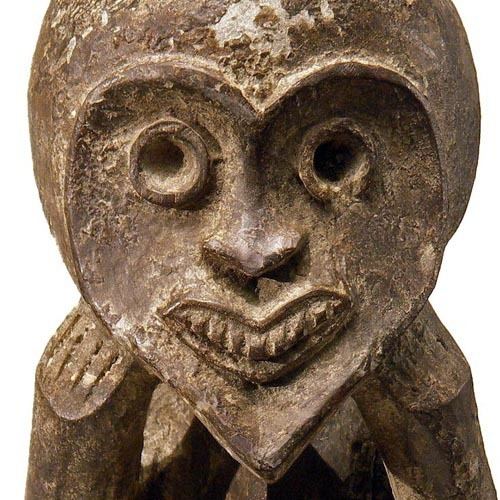
The Mambilla people of Nigeria and Cameroon regard themselves as a group with a common identity. They are the denizens of the Mambilla Region, and have been in their homeland for upwards of 4,000 years (Zeitlyn & Connell, 2003). The Mambilla and Mambilloid peoples represent the Bantu who stayed home following the Great Bantu Split of pre-historic times. In Nigerian dialects they refer to themselves as 'Norr' (the people) while in Cameroon there is a collective noun 'Ba' that is used in the unmarked sense to refer to the Mambilla, and also to refer to Mambilla in Cameroon on the Ndom or northern Tikarr plain (see below) contrastively with neighbouring Mambilla on the highlands of the Mambilla plateau who can be referred to as "Bo ba bo". The populations of different Mambilla villages speak different dialects of Mambilla or closely related Mambilloid languages. They also share a set of closely related cultural practices, in particular a conjunction of masquerade and oath-taking called "suu", "shua", "sua" or "shuaga". In the Somie (Ndibal) dialect this is phonetically written as [ʃwaɣa]. See discussion in "Sua in Somie" cited below.
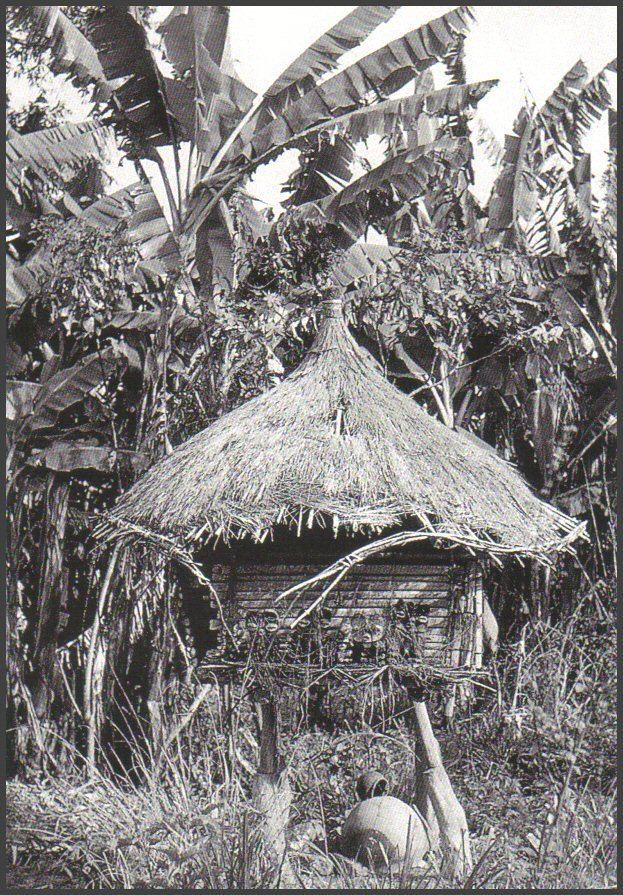
The Mambila language is a congeries of dialects and related languages. The SIL Ethnologue database gives two codes MYA for the Cameroonian dialects and MZK for the Nigerian dialects. See the survey work of Bruce Connell on the VIMS website cited below, and the article on Mambiloid languages. The Common Mambilla or Tungbo Dialect is the most widely understood Mambila dialect in Nigeria. It is also the literary language of Mambilla for the vast majority who inhabit the Mambilla Plateau. The Mambila New Testament known as 'Li Fa' and several Mambilla Language study texts are written in the Common Mambilla dialect for Nigeria. A New Testament in Ju Ba is also available for speakers of Cameroonian dialects.
Location
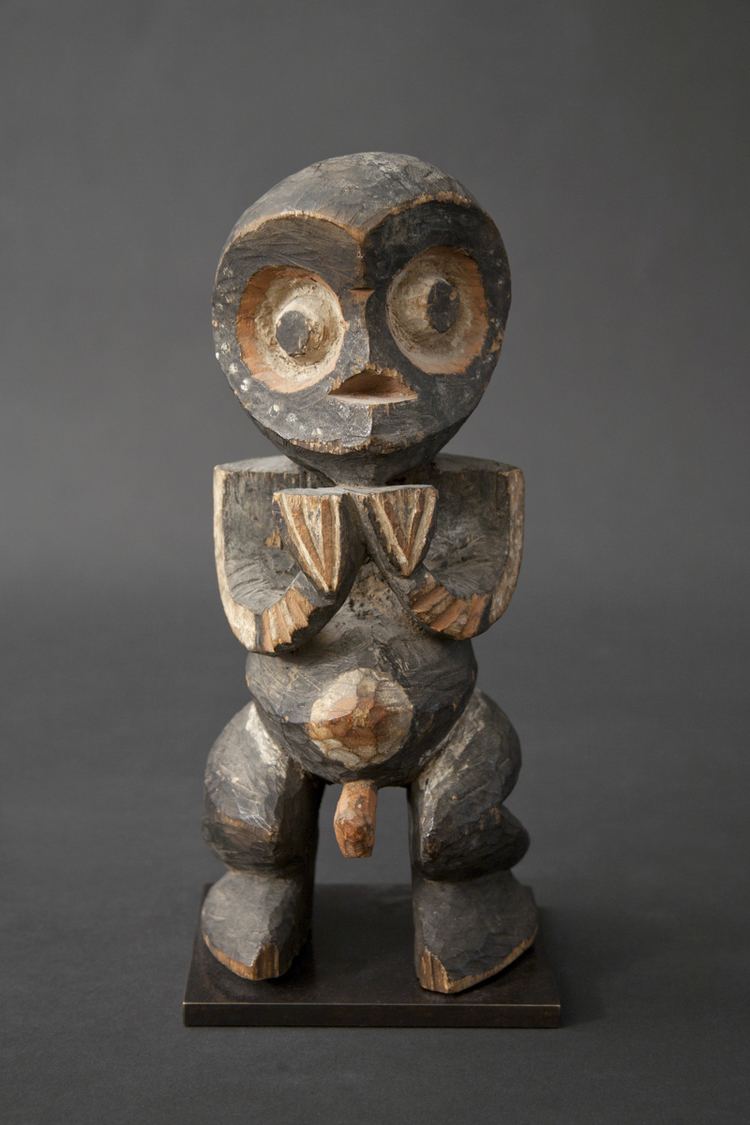
Most Mambilla live on the Mambilla plateau with their modern capital at Bommi (Gembu in "Sardauna" Local Government. ). 6.713833°N 11.25002°E / 6.713833; 11.25002 (Gembu, Nigeria) in Taraba State of Nigeria [Note that the traditional and historical name of this local government area has been "Mambilla", and that the "Sardauna" misnomer is a modern imposition by external or non-indigenous peoples, particularly, in conjunction with the defunct Jega Government of 1984]. This is a highland plateau, the northerly continuation of the Bamenda grassfields. The plateau is dissected by many rivers (notably the River Donga) leaving a complex geography of steep valleys separated by highlands (all of similar altitude). The Gang Peak, located in the northeastern corner of the Mambilla Plateau, on the Mambilla-Gashaka-Cameroon tri-point boundary zone, is Nigeria's loftiest landform. Villages are found both on the hilltops and on valley bottoms, and are relatively isolated from one another particularly during the rainy seasons when river crossings can be difficult (and impossible for motorised transport). Agriculture is concentrated on the valley bottoms while the highlands have been extensively grazed since the 1940s, i.e. since the immigration of cattle graziers towards the end of British administration (it was part of British Cameroon until the referendum of 1959/61). There has been overgrazing and erosion has caused considerable problems from the late 1970s onwards. In late 2000, and thereafter, particularly on 1 January 2002 when Udawa Fulani mercenaries from Niger and Chad invaded the Mambilla Plateau, these conflicts over land led to many Fulani herders being driven from the Mambilla Plateau and becoming refugees in Cameroon. (There were confirmed newspaper and official reports of Fulani mercenaries being brought into Mambilla, see Gaussett's article, and reports/photos of the captured mercenaries in TheNews, 4 February 2002, pp. 29 –30, New Impression, 22 April 2002, p. 42; Daily Independent, 21–27 January 2002, pp. A1, A2; TELL, 28 January 2002, p. 23). A smaller number of Mambilla, migrants from Nyo in southern Mambilla Plateau and other villages, are to be found on the edge of the Ndom (northern Tikar) plain in Cameroon at the foot of the escarpment of the Mambilla Plateau. The principal Cameroonian villages are Atta, Sonkolong and Somié This is an area which, beginning from about A.D 1790, they, in a piece-meal fashion, progressively captured from the Twumwu, a pre-Tikar group that inhabited Ndom Plain (Zeitlyn & Connell, 2003). At an altitude of some 700 m, these Ndom villages live in a different ecological zone from those of the Plateau and oil palm plantations and gallery forest are found there.
Climate
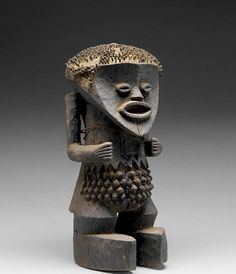
There is a dry season from late November until early March, the rains (which are abundant and regular) peaking in August. Showers and isolated heavy rains are rarely experienced between December and February On the Mambilla Plateau the altitude is sufficient for evenings to be cool. Daytime temperatures hardly exceeds 25 °C (77.0 °F) making it the coldest plateau in Nigeria.

